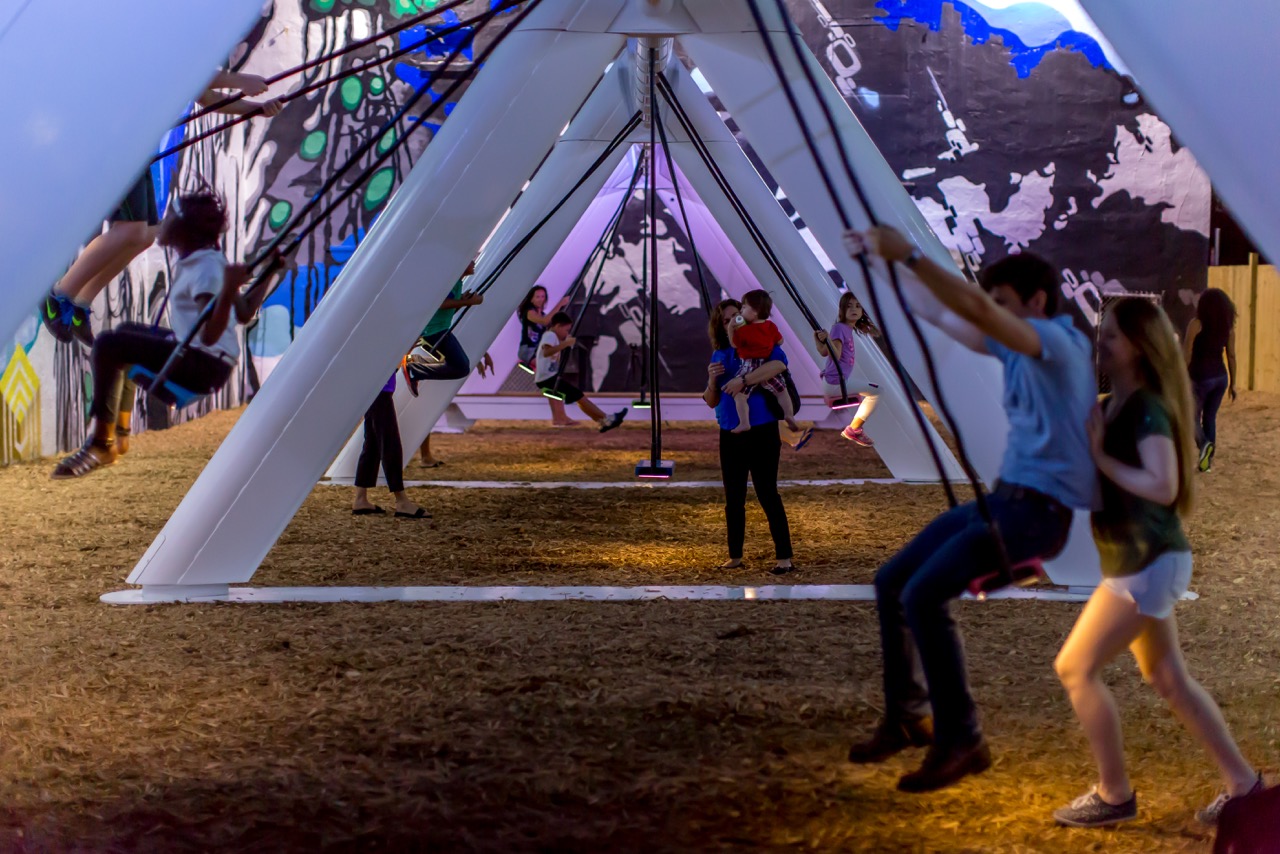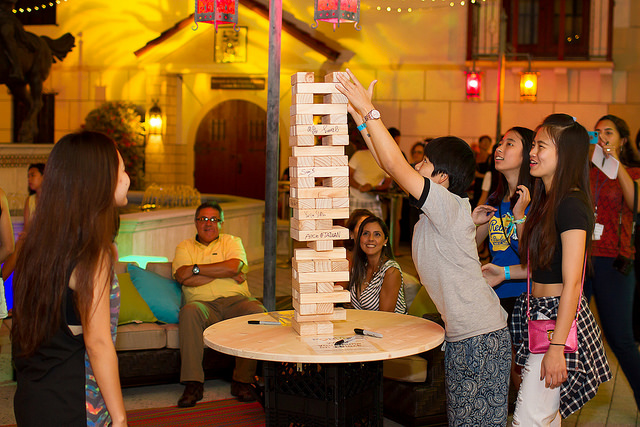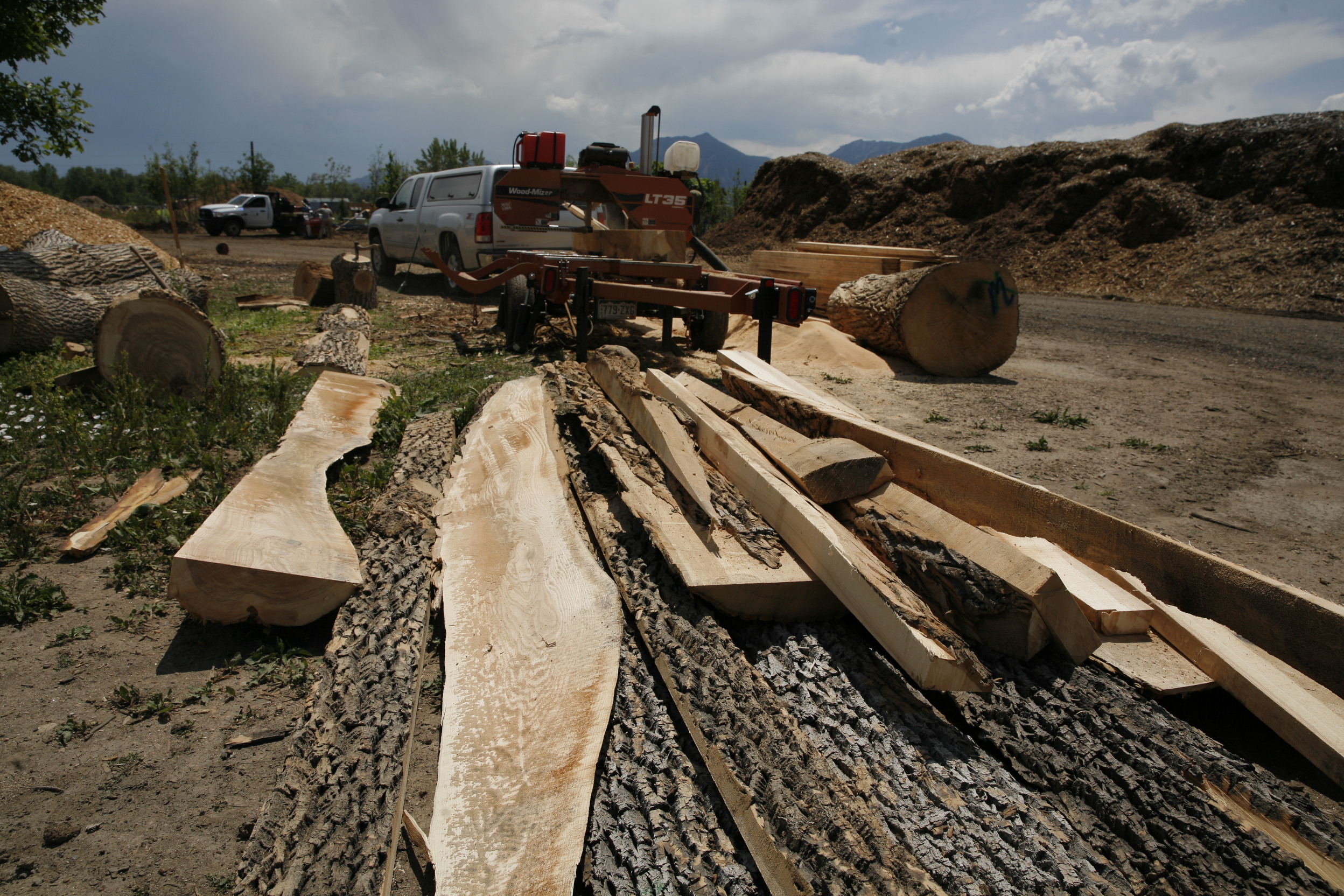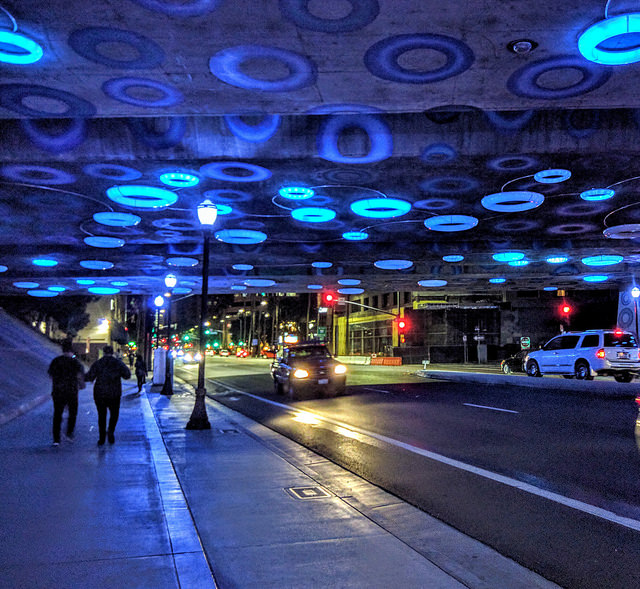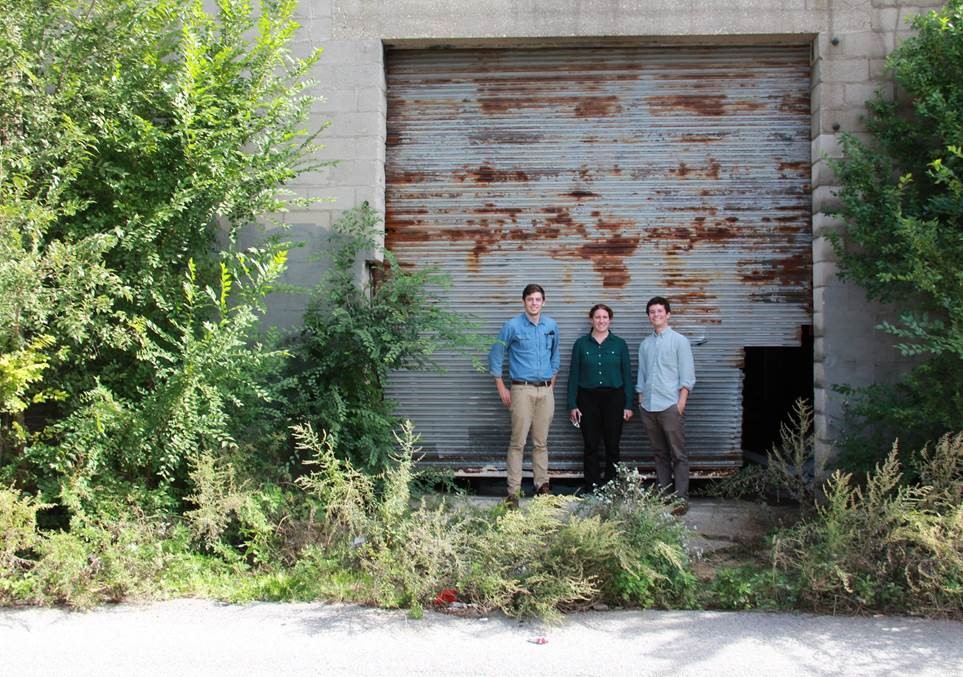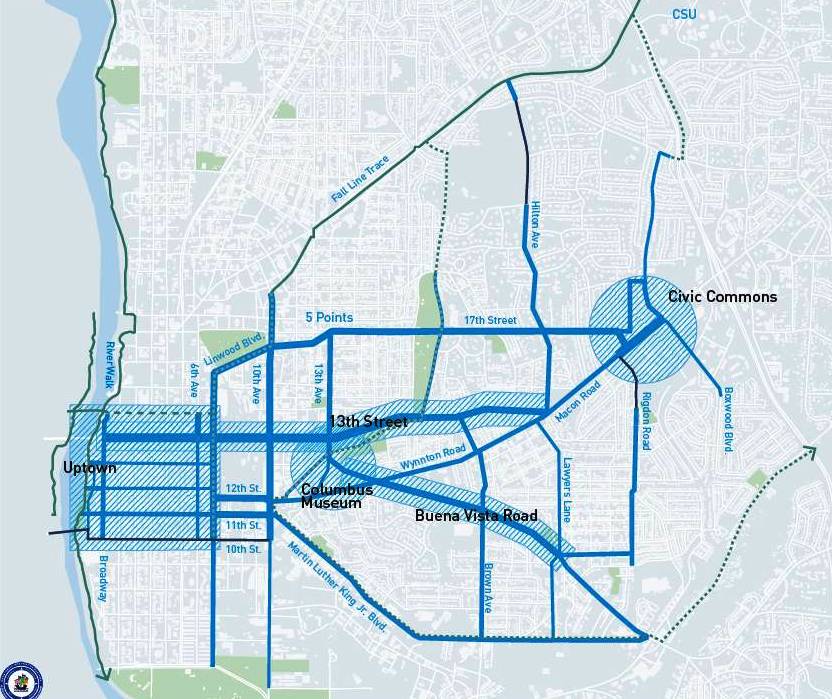
How the Knight Cities Challenge boosts ideas with the potential for big impact
The Knight Cities Challenge is open through noon ET Nov. 3, 2016 seeking the best ideas to make one or more of the 26 Knight communities more successful. Anne R. King is the executive director of MidTown Inc., a 2015 winner of the challenge, for Minimum Grid: Maximum Impact. The project seeks to better connect MidTown and Uptown Columbus, Georgia, with people and other neighborhoods.
Knight Foundation launched its first Knight Cities Challenge in the fall of 2014 with a simple question: What is your best idea to make cities more successful? Like you, MidTown Inc. did not lack big dreams. Bolstered by recent participation at the “8-80 Cities Forum: The Doable City” in Chicago, we submitted eight ideas to the first challenge. Among them was a proposal to establish the Minimum Grid to better connect people and places within our core community of MidTown and Uptown. The Minimum Grid proposal made its way from among more than 7,000 responses to become one of 126 finalists, emerging as just one of 32 winning ideas.
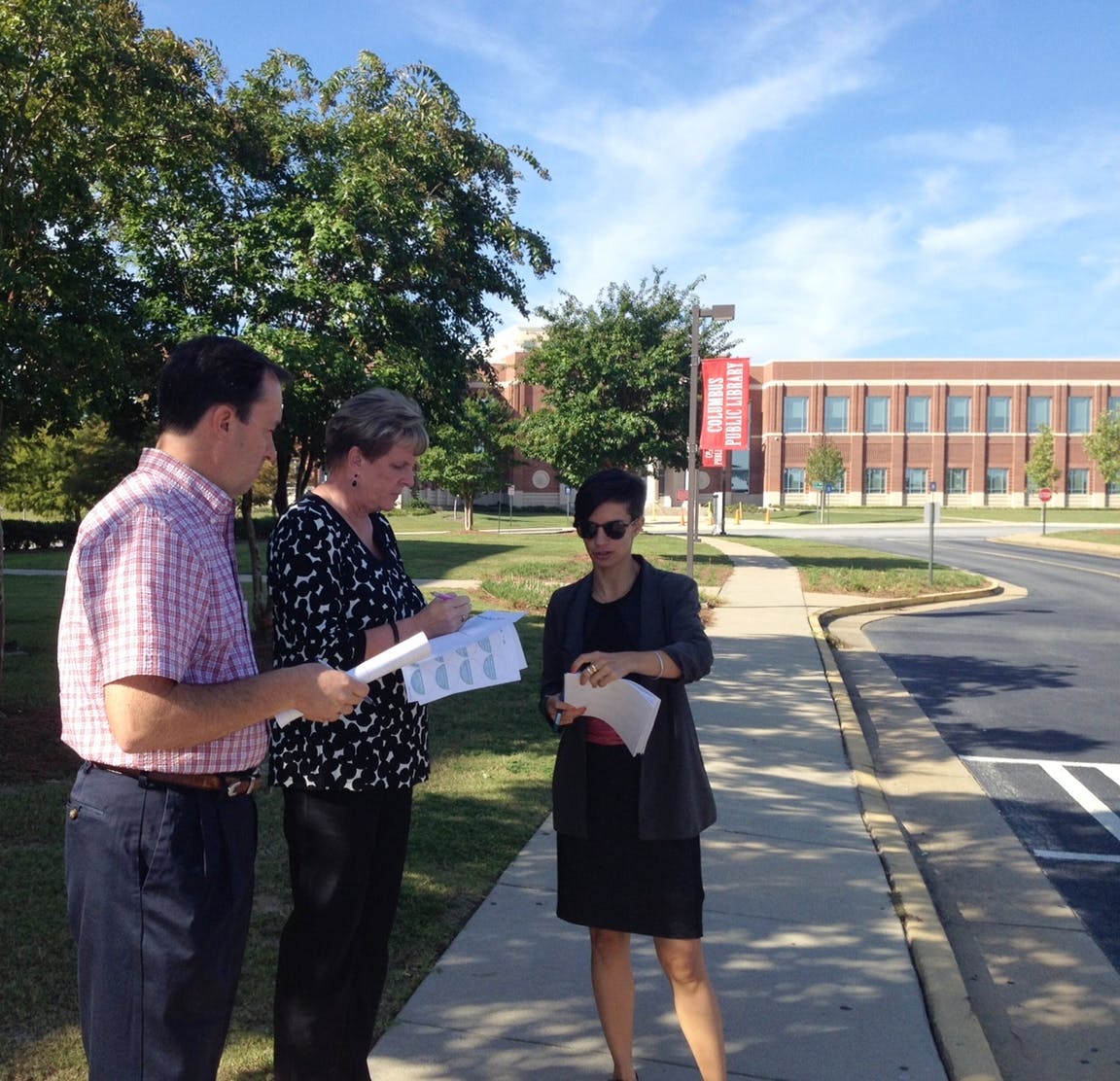
You dream. You hope. You plan, partner, listen, organize, write…and wait. Then there is the “Oh, @%*#” moment when you win. And add a crazy, wonderful, affirming, challenging new layer to your organization’s ongoing work. You lean on your staff, board, partners and team members. Together, you actually get the aphorism “building the plane while flying it.” You think boldly, act quickly…and embrace the challenge’s “learning agenda.”
The Minimum Grid project reimagines how we connect people and the distinctive places that we love, the places that define our community. The grant award allowed us to partner with the internationally renowned urban design firm of Gehl Studio. It brought global experience and a people-first design philosophy to the project, and helped create a world-class plan that embraces our local character. Importantly, the process itself afforded the opportunity to partner locally, to grow local connections and friendships, and to see community assets and opportunities with fresh perspective, together.

Over 10 months, residents and planners came together in groups large and small. We met, talked, listened, observed, interviewed, counted, walked, rode bikes and buses, and drove cars. We identified barriers and favorite places. A 143-page plan emerged, “Minimum Grid: Maximum Impact: A Public Space and Mobility Plan for the Core Community” (PDF). The plan now has many “owners” who refer to it, and take ideas and recommendations and apply them where they can to activate a public space, champion active transportation, or make a street more walkable or bikable, all with a goal of a connected community for ALL residents and visitors.
What have we learned? That change comes slowly, especially where transportation, city departments and state agencies intersect. That you cannot overestimate the importance of your community champions and engaged elected officials and city staff.
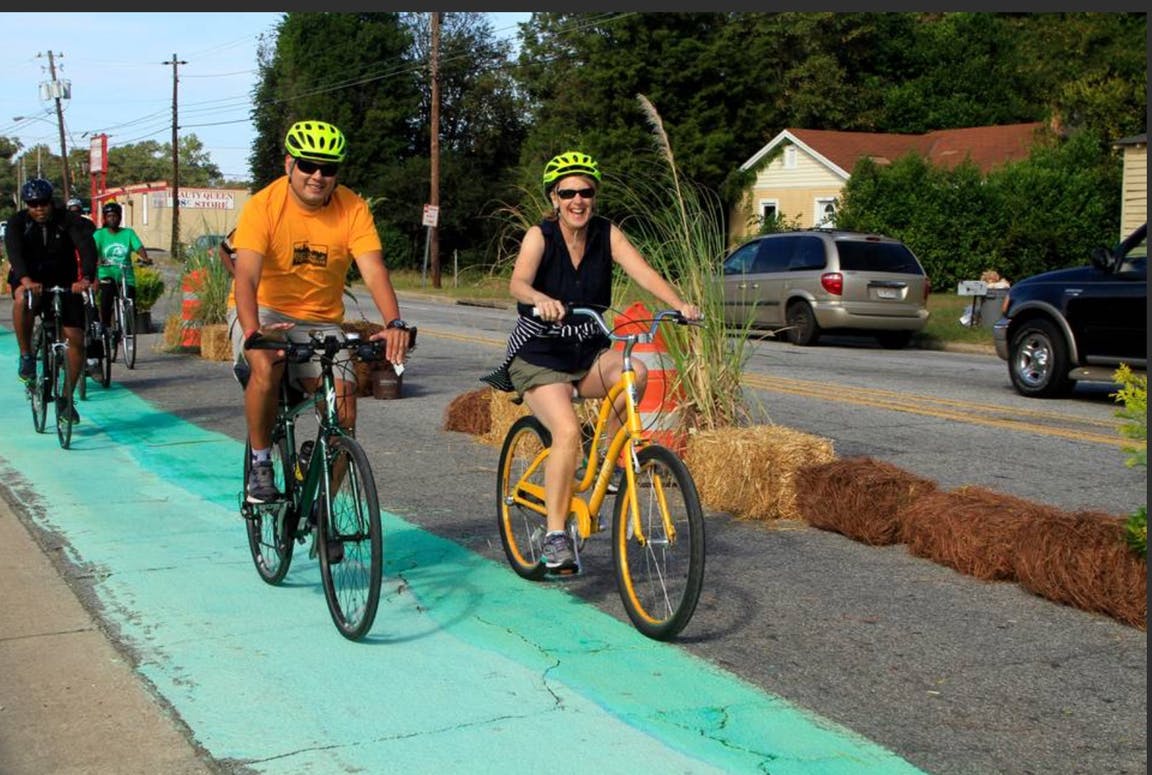
And that the value of a Knight Cities Challenge award extends far beyond the initial monetary investment. The Minimum Grid award, the engagement process and the resulting plan have elevated public conversation about quality of life, economic integration, active transportation and our community connections. This project is changing the way we think. It has coalesced with other local initiatives to drive our mid-sized city forward, positively and progressively. The Minimum Grid is a long-term, incremental project that is helping erase boundaries and grow a livelier, more active and connected core community.
For more on the Knight Cities Challenge and to apply, visit knightcities.org, follow @knightfdn and #knightcities on Twitter, or attend a virtual or in-person information session.
-
Community Impact / Article
-
Community Impact / Article
-
Community Impact / Article
-
Community Impact / Article
-
Community Impact / Article
Recent Content
-
Community Impactarticle ·
-
Community Impactarticle ·
-
Community Impactarticle ·
